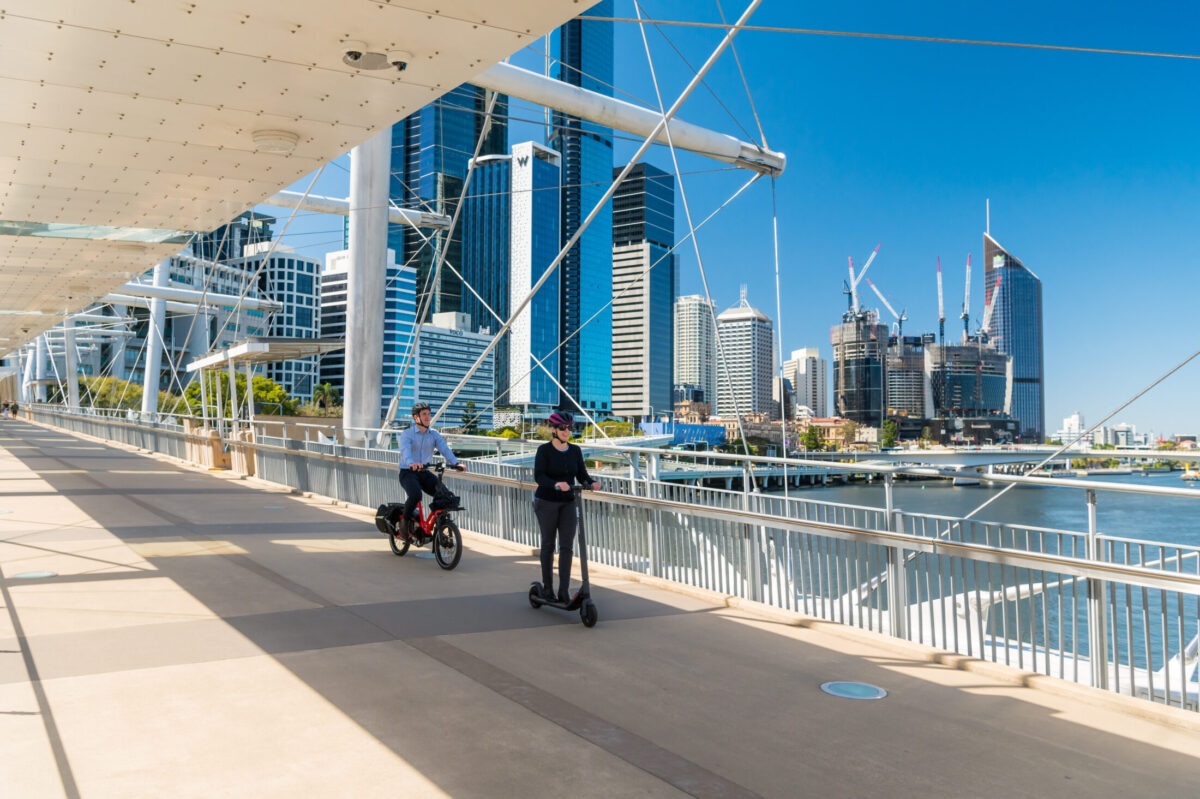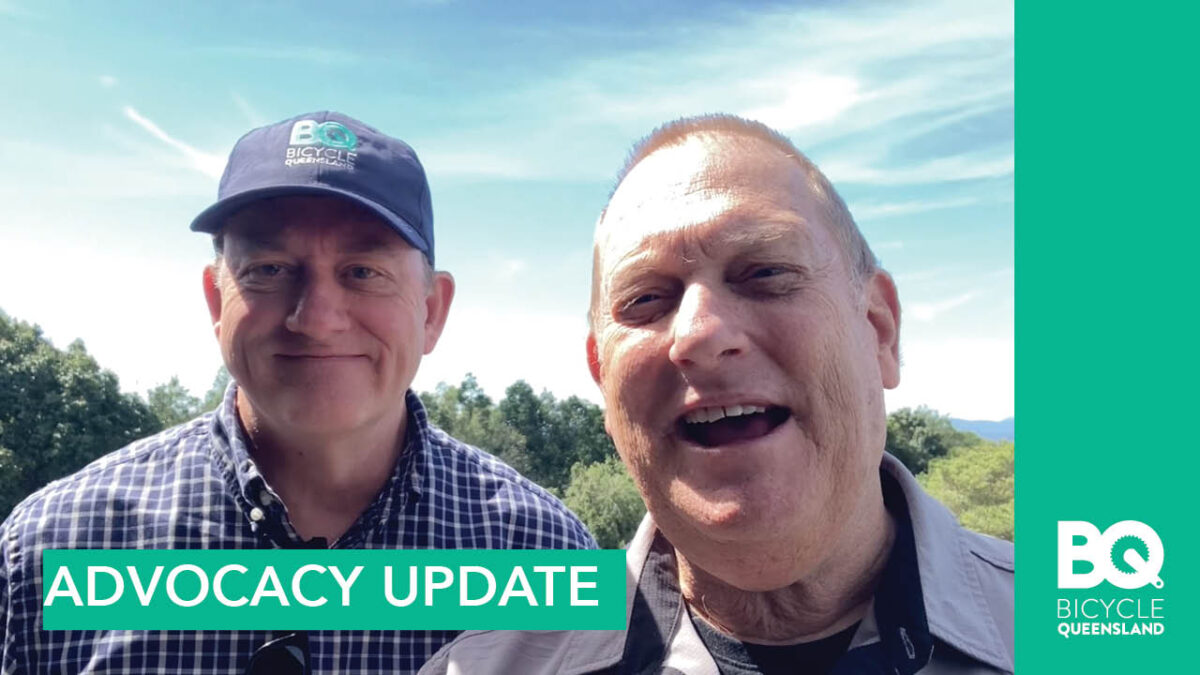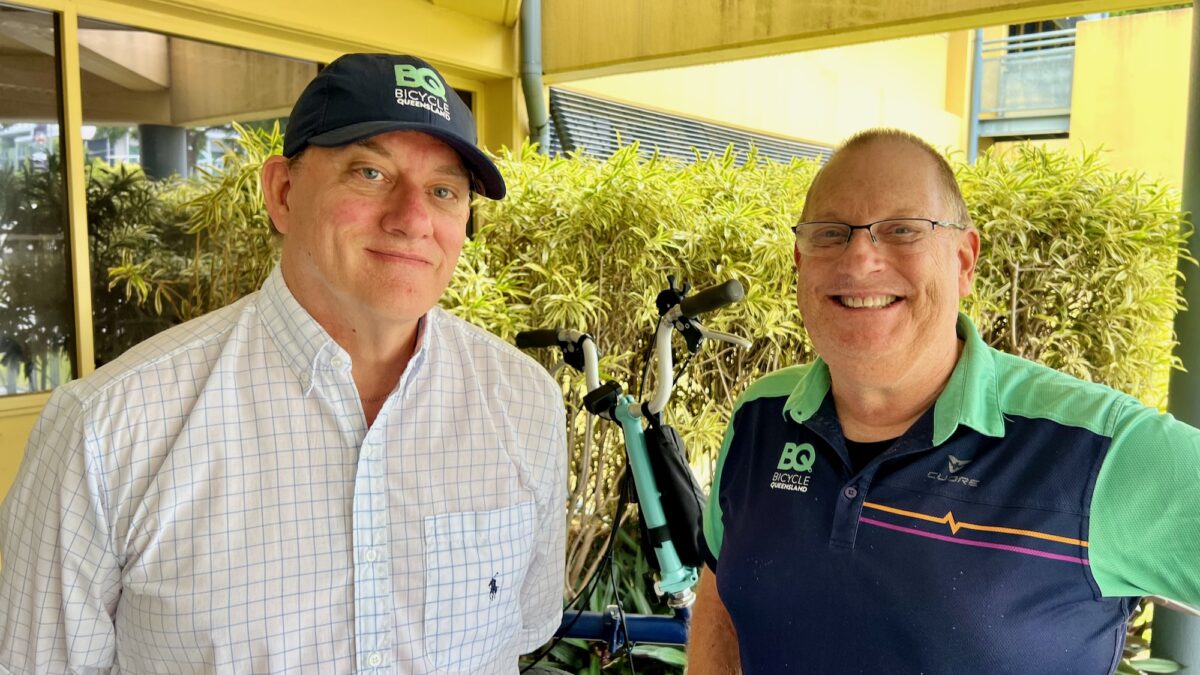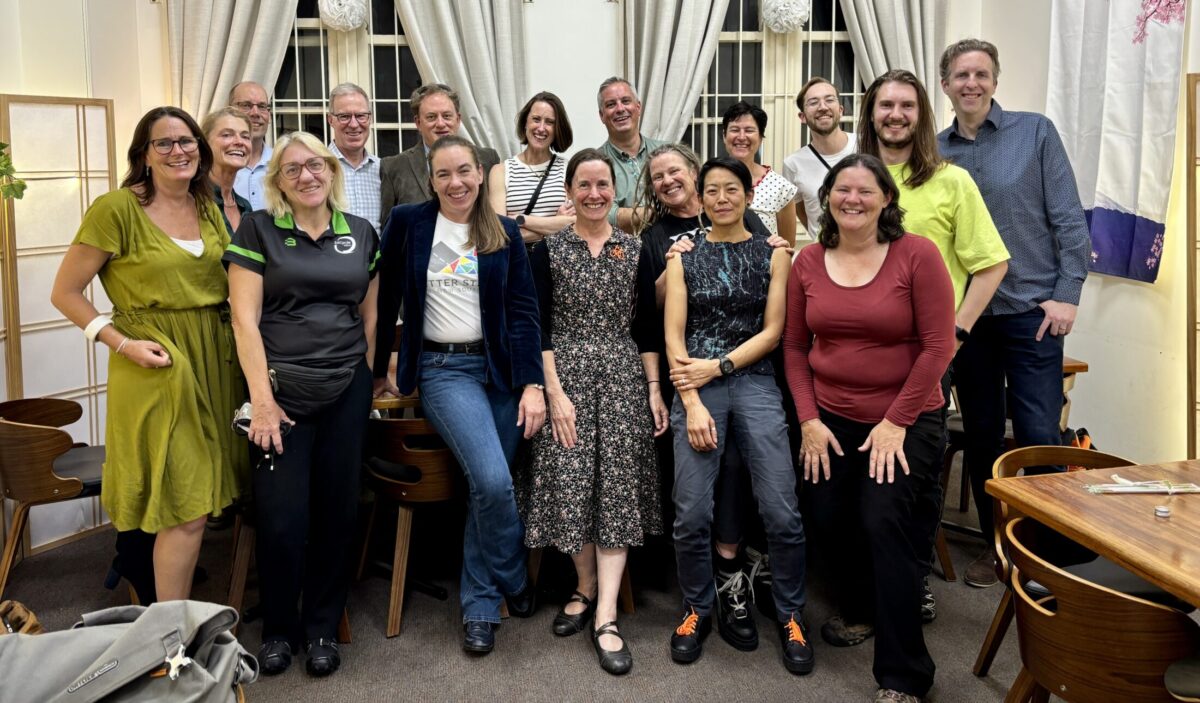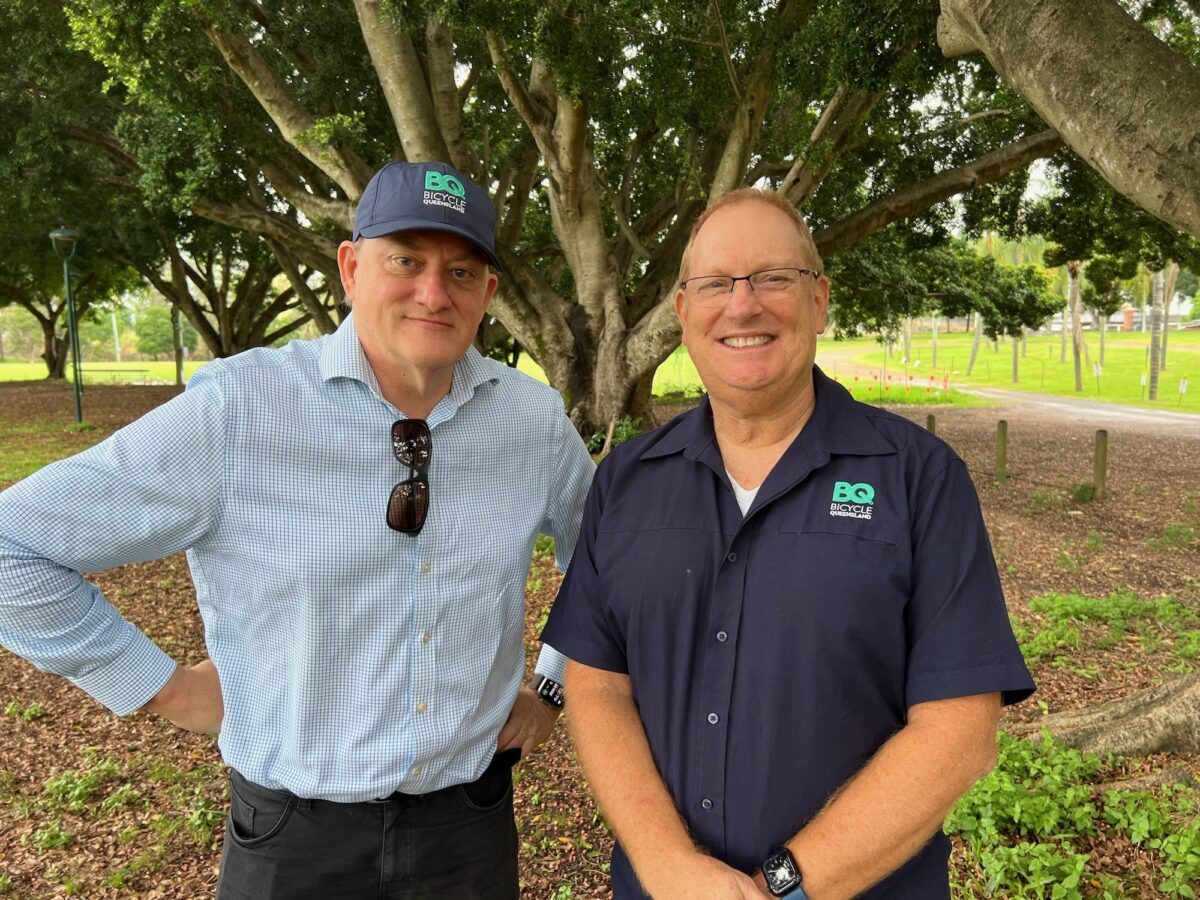Bicycle Queensland (BQ) has made a strong case to the Queensland Parliamentary Inquiry into e-mobility, urging the State Government to embrace the opportunities of e-mobility while putting in place the essential infrastructure, regulation and education to ensure safety and equity for all road users.
Describing the e-mobility revolution as a positive and permanent shift, BQ emphasised the potential for e-bikes and e-scooters to deliver cleaner, healthier, and more accessible transport options — if managed with clear policy, proper planning and strong enforcement.
BQ’s submission calls on the Government to take decisive action in three priority areas:
- Build long-promised infrastructure such as separated bike lanes and safe paths to keep riders away from vehicles and pedestrians.
- Enforce existing laws which are allowing throttle e-bikes to be sold, despite them being illegal to use in Queensland.
- Coordinate nationally to avoid a fragmented patchwork of rules across state borders.
“We encourage the Government to facilitate the growing interest in e-mobility through a properly funded active transport network” said BQ Interim CEO Liana Heath. “To improve safety concerns for riders and the public, we need to ensure current laws and rules are enforced, rather than introducing further complexity and obstacles to safe riding,” said Heath.
The BQ submission sets out four recommendations exactly how that can be done. BQ welcomes the inquiry and looks forward to contributing to more safe, active transport for everyone.
1. Fund and prioritise active transport
- Reinstate mode share targets in transport planning
- Lift active transport funding from under 1% to 10% annually by 2032
- Reduce local road speed limits from 50km/h to 40km/h
- Complete the Principal Cycle Network Plan by 2032
- Develop Ride Safely to School strategies including bike lanes and bike tracks to new schools
- Enforce a zero-tolerance approach to aggressive behaviour towards riders and e-scooter users
2. Ensure only safe, compliant devices are imported and sold
- Enforce Australian safety standards
- Restrict import and sale of non-compliant e-bikes and scooters
- Govern or remove speed/throttle functions on illegal devices already sold
3. Launch a statewide public education campaign
- Educate the public on what devices are legal and where they can be used
- Promote rider training and safety awareness
4. Collaborate nationally on battery and safety standards
- Implement national battery safety and charging standards
- Coordinate legislation across states for clarity and consistency nationally
BQ welcomes the Parliamentary Inquiry and looks forward to working with the State to ensure safe and active transport for all Queenslanders.
You can read Bicycle Queensland’s complete submission here.
For more information or media enquiries:
Liana Heath
